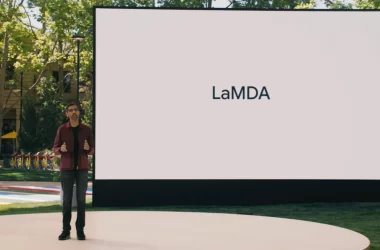Chris Vallance’s work provides an example of how to restructure text to avoid plagiarism by altering the structure without changing the context and semantic meaning.
Microsoft has declared a long-term, multi-billion dollar commitment to Artificial Intelligence (AI) as they expand their partnership with OpenAI.
OpenAI is the innovator behind the well-known image-generating program Dall-E and the chatbot ChatGPT.
In 2019, an amount of $1 billion (equivalent to £808 million) was placed into the company that was established by tech investor Sam Altman and Elon Musk.
In a memorandum to employees last week, CEO Satya Nadella declared: “We are now entering a new era of computing, propelled by the development of artificial intelligence.”
The organization declared that they think AI will create an effect similar to the introduction of the personal computer, the internet, mobile devices and cloud computing. This announcement was made in conjunction with the extended partnership.
‘Emergency Alert’
ChatGPT, a product of OpenAI, can generate replies that are remarkably similar to those of a human when it comes to answering questions.
Questions about how the technology might be abused, from aiding students to cheat on tests to constructing malicious software, have accompanied the notion that it could be transformative for a variety of industries, including search.
In spite of being less popular than Google, Microsoft’s search engine Bing is thought to be ready to challenge with ChatGPT.
According to the New York Times, Google responded to a potential threat to its search business with a “code red” after it was reported that competitors might be able to leverage it to take a part of its $149 billion revenue.
In the past, Google has refrained from making some of their AI systems available to the public.
The company has stated ethical issues as the reason for not providing access to its Imagen image generation system.
The experts noted that training the system on data taken from the internet could lead to it grasping “unfavorable stereotypes and depictions”.









